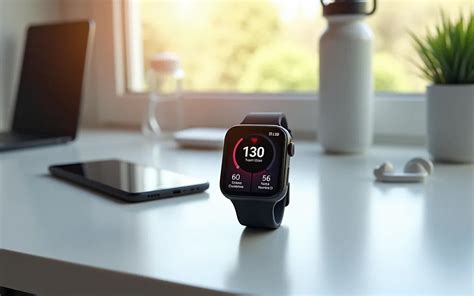The Critical Role of Footwear in Preventing Running Injuries
Long-distance running is a rewarding endeavor, pushing both physical and mental limits. However, it also comes with the risk of common overuse injuries, with shin splints being one of the most notorious culprits. Medial Tibial Stress Syndrome, commonly known as shin splints, can derail training plans and make every stride painful. While factors like training volume, running form, and muscle imbalances play a significant role, the right pair of running shoes is a powerful ally in your injury prevention arsenal, especially for those challenging long runs.

Understanding Shin Splints and How Shoes Can Help
Shin splints typically manifest as pain along the front or inside edge of the tibia (shin bone), caused by repetitive stress on the muscles, tendons, and bone tissue surrounding the shin. This repetitive impact, especially over many miles, can lead to inflammation and micro-tears. Proper running shoes can help by:
- Absorbing Impact: Cushioning technologies reduce the shock transmitted through your legs with each foot strike.
- Providing Support: Guiding your foot through a neutral gait cycle, preventing excessive pronation (inward rolling) or supination (outward rolling) that can stress the shins.
- Ensuring Proper Fit: A well-fitting shoe minimizes unnecessary movement and provides a stable platform.
Key Features to Prioritize for Injury Prevention
When selecting your next pair of long-run shoes, focus on these critical attributes:
1. Superior Cushioning and Impact Absorption
For long runs, cushioning is paramount. It’s not just about softness, but also about responsiveness and how the shoe distributes impact. Look for:
- Plush Foams: Brands use proprietary foams (e.g., Hoka’s PROFLY, Brooks’ DNA LOFT, Saucony’s PWRRUN) designed for maximum shock absorption.
- Stack Height: A higher stack height generally means more cushioning material between your foot and the ground.
- Energy Return: While impact absorption is key, some foams also offer energy return, making the run feel less fatiguing.

2. Stability and Support
Your foot’s natural motion heavily influences injury risk. Understanding your pronation type is crucial:
- Neutral Runners: If your foot rolls minimally inward, you might prefer neutral shoes with good overall cushioning.
- Overpronators: If your foot rolls excessively inward, stability shoes with features like medial posts, guide rails, or J-frames can help control this motion, reducing stress on the shins.
- Supinators (Underpronators): These runners often need highly cushioned neutral shoes to absorb impact, as their feet don’t roll inward enough to dissipate force.
3. Proper Fit and Comfort
A shoe that doesn’t fit well is an injury waiting to happen. Ensure:
- Adequate Toe Box: Enough room for your toes to splay naturally, especially as feet swell during long runs.
- Secure Midfoot and Heel: Prevents excessive movement, which can lead to blisters or instability.
- Heel Drop: The difference in height between the heel and forefoot. While preferences vary, a moderate drop (4-8mm) is common for long-distance comfort and can be less demanding on the calves and Achilles.

Top Shoe Categories and Examples for Injury Prevention
While specific models change annually, certain categories consistently deliver:
Highly Cushioned/Max Cushion Shoes
These are champions for impact absorption, ideal for long runs and recovery. They are often neutral but some brands offer stability versions.Examples: Hoka Clifton, Hoka Bondi, Brooks Glycerin, Saucony Kinvara Pro (highly cushioned but also responsive for longer efforts), New Balance Fresh Foam X More.
Stability Running Shoes
Designed for overpronators, these shoes offer integrated support without sacrificing cushioning.Examples: Brooks Adrenaline GTS, Saucony Guide, ASICS GEL-Kayano, New Balance Fresh Foam X 860.

Beyond the Shoes: Holistic Injury Prevention
Even the best shoes can’t do it all. Remember to:
- Gradually Increase Mileage: Follow the 10% rule – don’t increase your weekly mileage by more than 10%.
- Strengthen and Stretch: Focus on calf, shin, and hip strength, along with flexibility.
- Monitor Running Form: A midfoot strike and higher cadence can reduce impact stress.
- Listen to Your Body: Rest when needed and don’t push through persistent pain.

Conclusion
Choosing the right running shoes is a critical step in safeguarding your shins and overall well-being during long runs. By prioritizing cushioning, appropriate support, and a perfect fit, you can significantly reduce the risk of common injuries like shin splints. Don’t hesitate to visit a specialty running store for a gait analysis and personalized recommendations. Invest in your feet, and they’ll carry you further, pain-free.




